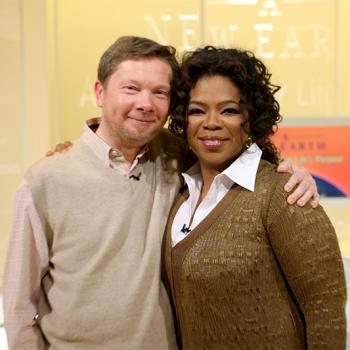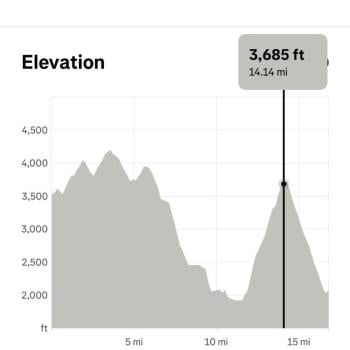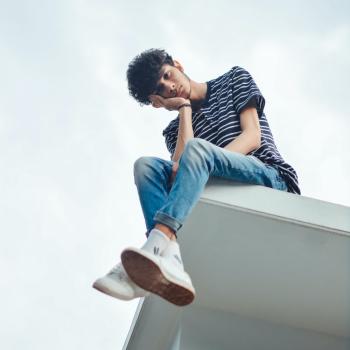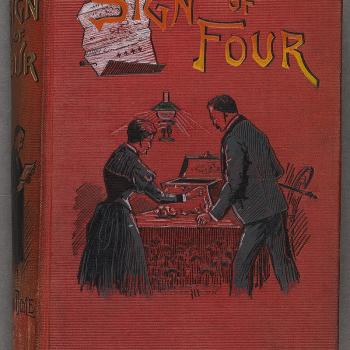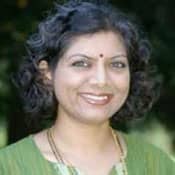Often, walking the pathway into the temple where I serve on the Outreach committee, I feel strangely disconnected, like an outsider looking in. Growing up, I rarely had an opportunity to visit a temple. My first memories of a visit to a Hindu temple are vivid; the consecration of the Ganesh Temple in Flushing, NY was the first time I had seen so many people of Indian origin in one place.
Most Hindu immigrants began to arrive in 1965, when immigration and civil rights law changed. They built houses of worship in the mid-'70s, like the ones in Queens, NY, Pittsburgh, PA, and Troy, MI. These mandirs serve as centers for culture, community, and education, catering primarily to the ethnic Indian Hindu community. Many of the people who laid the foundations for Hindu American worship space have a shared experience of growing up in a Hindu majority and a diverse, but similar cultural background.
Hence, I was the outsider looking in; as the lone Hindu in my elementary school, I grew up having to explain the dot on my head, my mother's strange garment (saa-ri, not sorry), my vegetarianism. I lived amidst interfaith understanding: my mom sought help from two friends—one Christian, another Jewish—to explain the birds and the bees to me; my dad's closest friend was a Catholic who continues to teach me that love is indeed the greatest of the three (faith, hope, and love).
Then in my teens, I moved to India, and discovered that not all Hindus are vegetarian, and that not all Hindu women wear saris. I got my first salwar kurta (loose pants and tunic) and fancy sticker bindis to replace my mother's old-fashioned liquid that we used to make that dot on my forehead. But my accent and my attitude were different, and so often, I felt like an outsider looking in.
I sought solace in yoga and at temples—a small Hanuman mandir in the midst of a housing development, the Bhadrakali Temple on the edge of a lake. I believed in interfaith understanding, exemplified by friendships I developed: a Muslim buddy on the bus to and from high school, with whom I celebrated the festive fare of our holidays, and a Malayali Catholic roommate who explained to me the popular Kerala festival of Onam, rooted in the story of the Hindu king Mahabali.
When I re-immigrated to the United States after finishing high school and college, to pursue graduate studies, I returned to that Ganesh temple, and again, to that sense of outsider looking in. I was now a foreigner in America seeking a green card, and yet I felt more American than many who took for granted what the constitution represented to me: a multitude of freedoms and the responsibility that goes with it.
Today, I live my life building interfaith understanding—hosting 7th graders from Oakland County schools who visit the temple every year as part of a Michigan Roundtable program called Religious Diversity Journeys; organizing various faith communities to provide meals for Habitat for Humanity Blitz Build volunteers.
So whenever I embark on a visit to India, I wonder if I am going home: the anticipation as I peer into the arrival lounge to look for my parents, my in-laws, my nieces and nephews, and my aunts and uncles. But then I see what politics, power and predatory proselytizing do to a land steeped in pluralism. I am disappointed that my core Hindu beliefs such as seva (selfless service) and pluralism, are being taught by Americans from IFYC. Seva and pluralism are core to being Hindu; the countless sadhus (Hindu monks) and sampradayas originating in India are proof of this. Benedictine monks Henri le Saux and Bede Griffiths bridged the gap between Hinduism and Christianity, establishing a connection between East and West long before anyone from this century, and they did not think they had solutions for this ancient land with even more ancient philosophies.
I know from the butterflies that build when my flight lands back on American soil that I am coming home: the land where academician Diana Eck teaches the pluralism I embrace, academician Wendy Doniger teaches a Hinduism most Hindus don't recognize, where actress Julia Roberts reveals that she is a practicing Hindu the during filming of Eat, Pray, Love.
And then I realize that we are all outsiders looking in—seeking that peace within.
5/25/2011 4:00:00 AM
